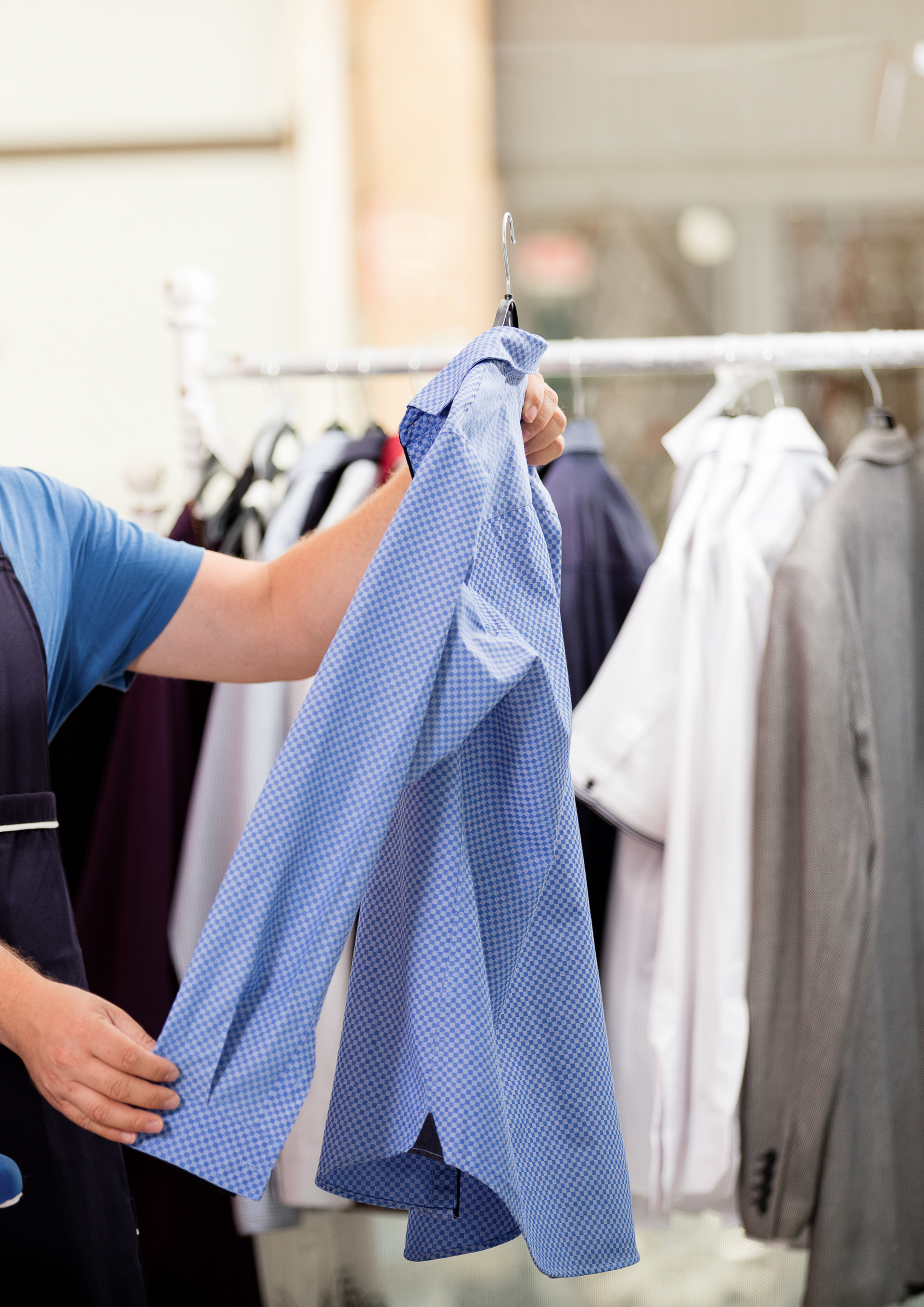ABOUT
About Village East Cleaners
We excel in quality care and customer service. Over 70 designers and museums recommend us for one reason: our expertise.

Preserving Memories, Perfecting Style
Village East Cleaners & Alteration Centers is a family-owned dry cleaning .business, specializing in dry cleaning, shirt laundry, couture, wedding gown and other specialty cleaning, and onsite alterations.
Village East Cleaners is the only dry cleaner in the state of Nevada certified by the Association of Wedding Gown Specialists for its museum-quality process of cleaning, restoring and preserving wedding and other gowns.
Our Specialties Include:
ABOUT
We are an affiliate of the international Association of Wedding Gown Specialists and are endorsed by the Association of Bridal Consultants. We clean, restore and preserve gowns and other garments according to museum quality practices. Our written international guarantee is honored by all of the AWGS members -represented in more than 500 locations worldwide.
We are your clothing experts highly trained in specialty and couture cleaning. Imagine the superior finish your clothes will have with these kinds of cleaning skills applied to your garments!
Our family-owned and operated business was opened in 1978. Our founders, Eugene and Alice Hahnfeld, had three locations in Las Vegas. When Eugene passed away in 1991, Alice’s son, Edwin Los, took over the daily operations as general manager. In 2001, due to a change in demographics, all the stores were sold and replaced by two large plants in the Henderson area. As of 2012, Alice is still president of the company. Alice’s daughter, Rachel, manages the Horizon Ridge Pkwy. location while Edwin’s wife, Marilyn, manages the Anthem location on S. Eastern Ave.
Village East Cleaners Inc. is a member of the DLI (Dry Cleaners & Launderers Institute) and the WSDLA (Western States Dry Cleaning & Launderers Association).
We are proud to give back to our community each year by holding an annual holiday toy drive for St. Jude’s Ranch for Children and we invite you to participate.
Frequently Asked Questions
